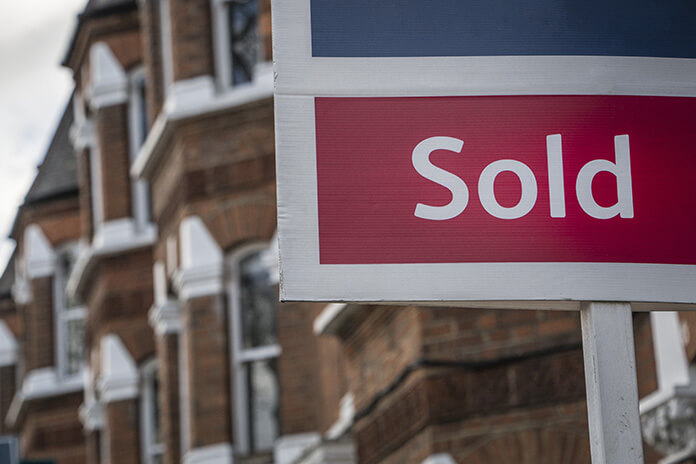UK property market continues to flourish
There seems no let-up in the exodus from city to country/coastal spots as Rightmove reveals its most popular property location in March was the holiday destination of Newquay in Cornwall.
More than 82% of homes in the picturesque town, advertised on Rightmove since the beginning of the year, have sold – more than any other location in the UK. The town, with a population of 22,000, has a harbour as well as many coastal walks and beaches.
Next most popular was the small market town of Newton-le-Willows in St Helens, Merseyside, where 81.8% of properties advertised have sold. Also with a population of just 22,000, the town boasts plenty of independent shops, as well as excellent commuter links.
Newton-le-Willows was closely followed by Plymstock in Devon where 81.2% of homes have changed owners since 1 January, 2021. Another commuter suburb located just outside Plymouth, Plymstock has a similar population to the other two towns at 24,103 residents.
What this report demonstrates is that, since lockdown, the desire to move to less densely populated areas with more garden room and a bigger property overall is still uppermost in many buyers’ minds. That is especially true when you consider that only one in five properties sold since the start of the year have been in a city centre, according to Rightmove’s records.
The company’s director of property data, Tim Bannister, said: “Areas around the north and southwest are the stand-out sellers’ markets right now, and places in Cornwall and Devon are continuing the trend of a desire to move to the seaside and countryside.
“Suburbs are also faring well as some people move further out from the centre of cities.”
Demand far outstripping supply – worst for a decade
Meanwhile, demand is continuing to outstrip supply. A report from upmarket estate agents Hamptons showed there were 14% fewer homes on the market from January to March 2021, but 17% more buyers compared with the same period last year. As a result, it has become the best seller’s market in a decade. In Scotland, for instance, there are 24 buyers for every property coming on to the market there.
In London, however, it’s the opposite. There is 17% more property available in the capital compared with 2020 and only one in six prospective buyers per property. Since last May, many Inner London homeowners have been harking for a home in the suburbs. This has resulted in many sellers adding what estate agents describe as a “park premium”: for instance, popular boroughs with plenty of green spaces, such as Wimbledon and Richmond, have seen house prices jump 12% and 6% respectively since the start of the year.
House prices increase £15,000 in a year
Naturally, demand has pushed prices up to the extent that, in March, the average property in the UK cost a record £254,606. That’s according to figures released by the Halifax, which states the increase is £15,000 year-on-year. In fact, from January to March this year, prices increased 0.3% from the last quarter (October to December).
Regionally, the northwest is faring best for property price increases. Figures from the HM Land Registry House Price Index recently showed property there had risen by 12% over the last quarter. That compares to 8.9% in the northeast, Yorkshire and the Humber.
Property selling more quickly in the north and Midlands
In terms of how quickly it is taking property to shift, property portal Zoopla’s statistics show Wigan takes the title for a mere 26 days to sell a house or apartment (from listing to “sold subject to contract”). This is also in line with the desire to move to bigger properties, with the most popular house a three-bedroom detached valued between £100,00 and £150,000.
The next fastest-selling areas were Salford, Redditch near Birmingham, Knowsley in Lancashire, Sheffield, and Medway in the Kent – each with just 27 days to sell a property. This compares with Liverpool at 30 days, Manchester at 31 days and Bristol at 33 days.
Estate agents Savills says the northwest, together with Yorkshire and the Humber, will be where most of the property price growth will be over the next five years. Figures of 6% growth for 2022 aren’t unreasonable, they say. Their predictions rise to a total growth of 28.8% for the northwest and 28.8% for Yorkshire and the Humber by 2025.
What this could mean, analysts believe, is a diminishing of price differentials between the north and south by the end of this decade. This is with the exception of London, of course, where prices are expected to pick up again well before 2030.










